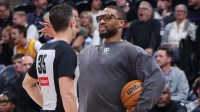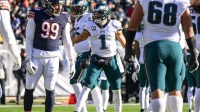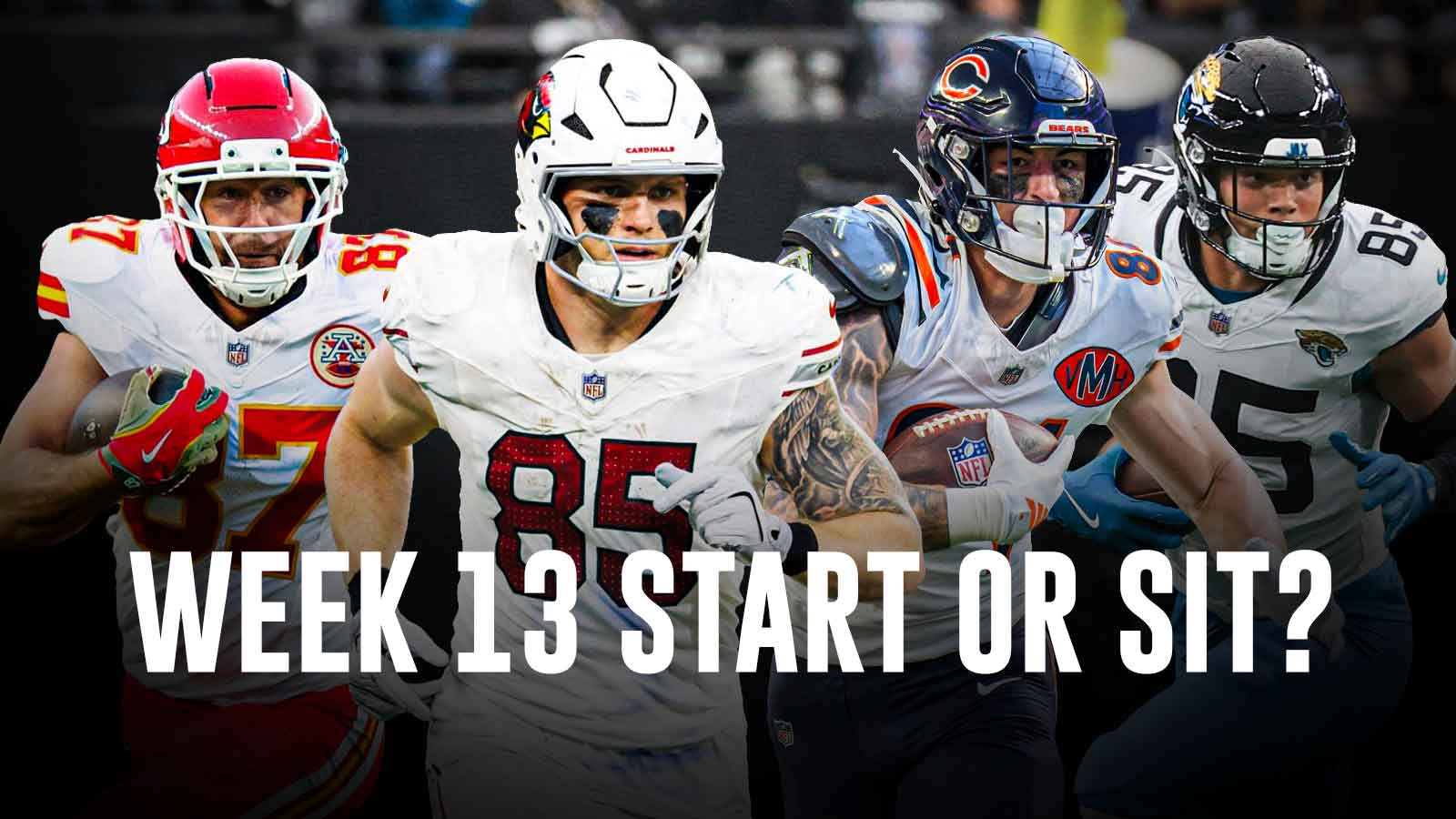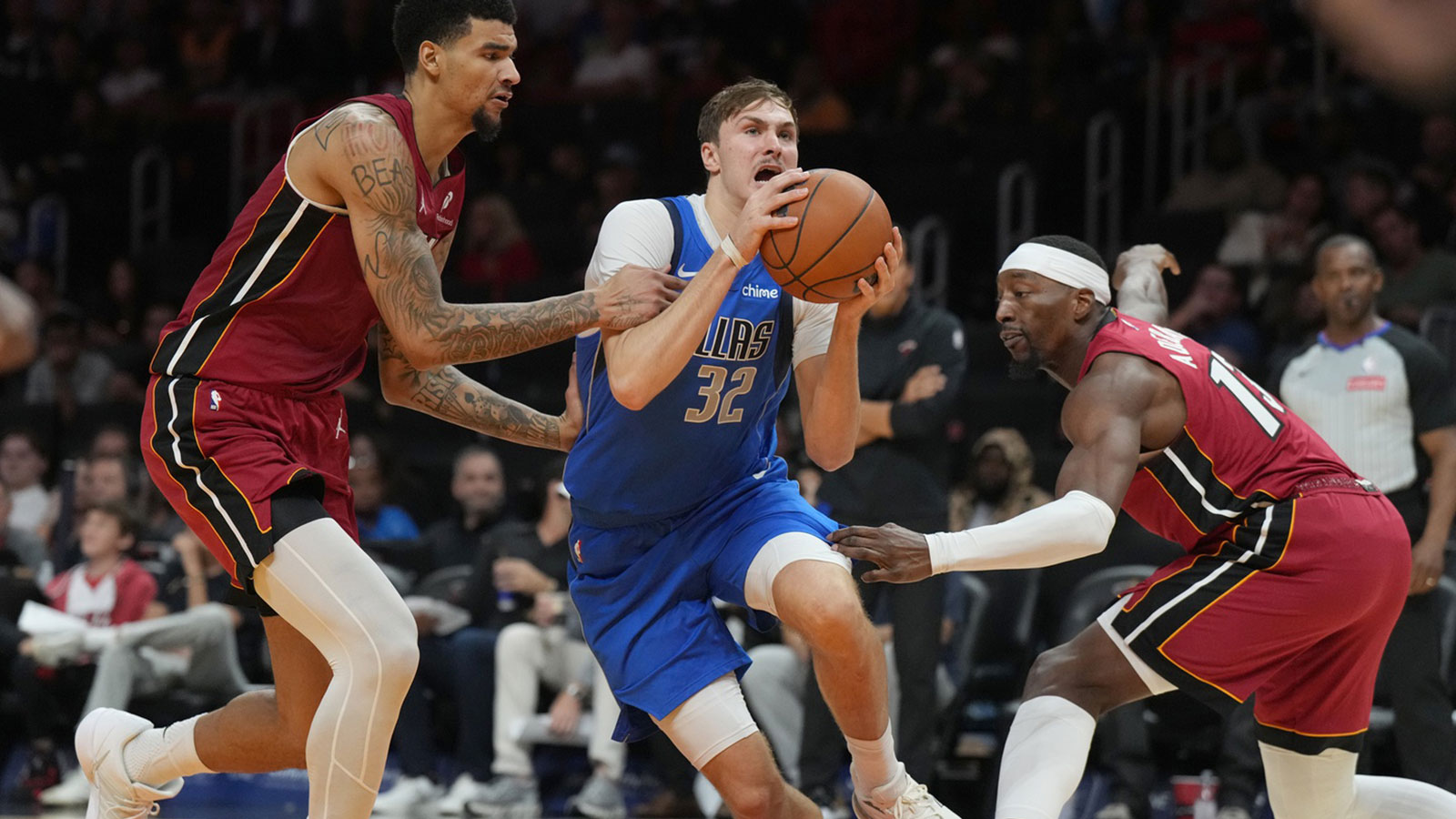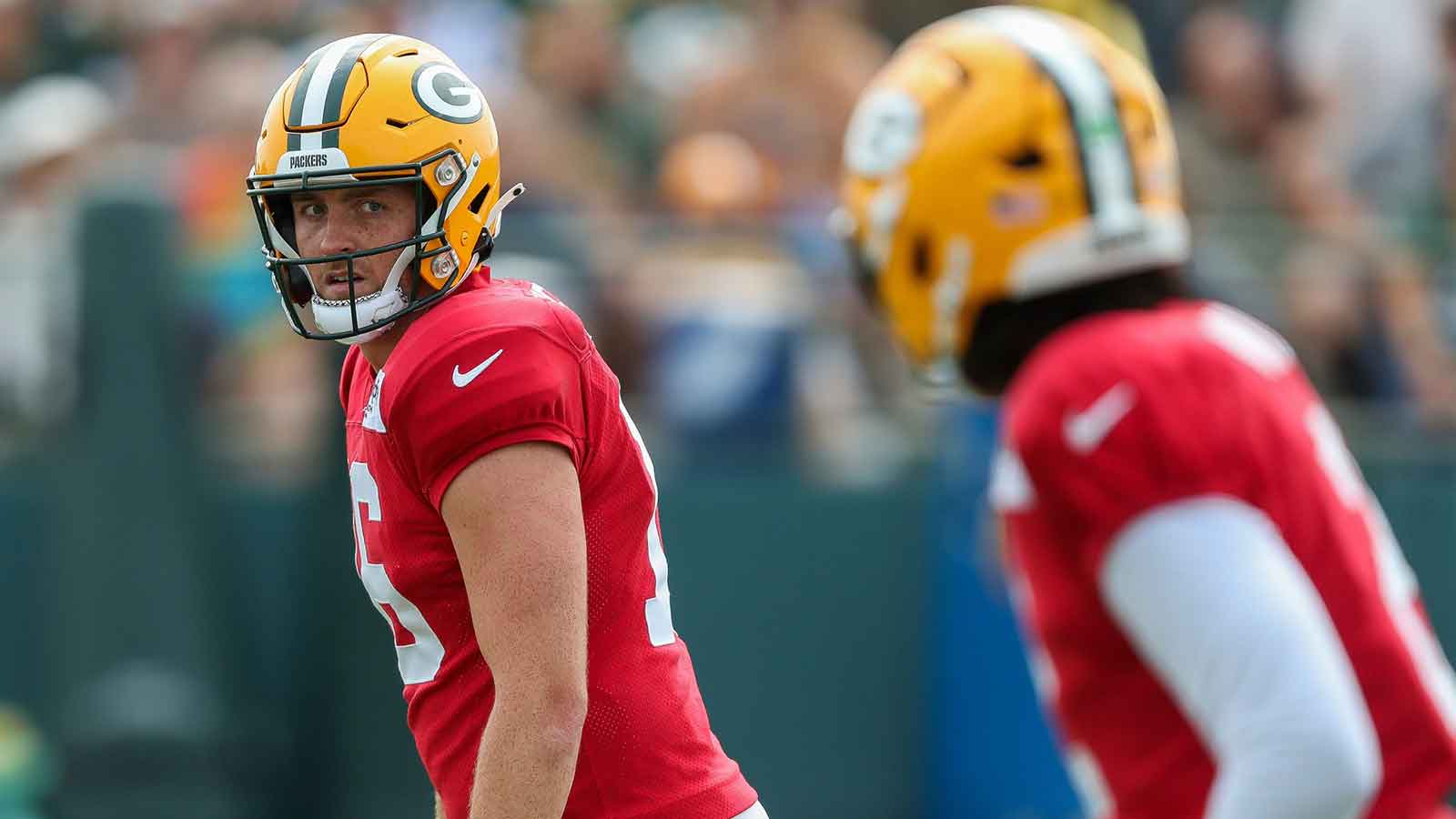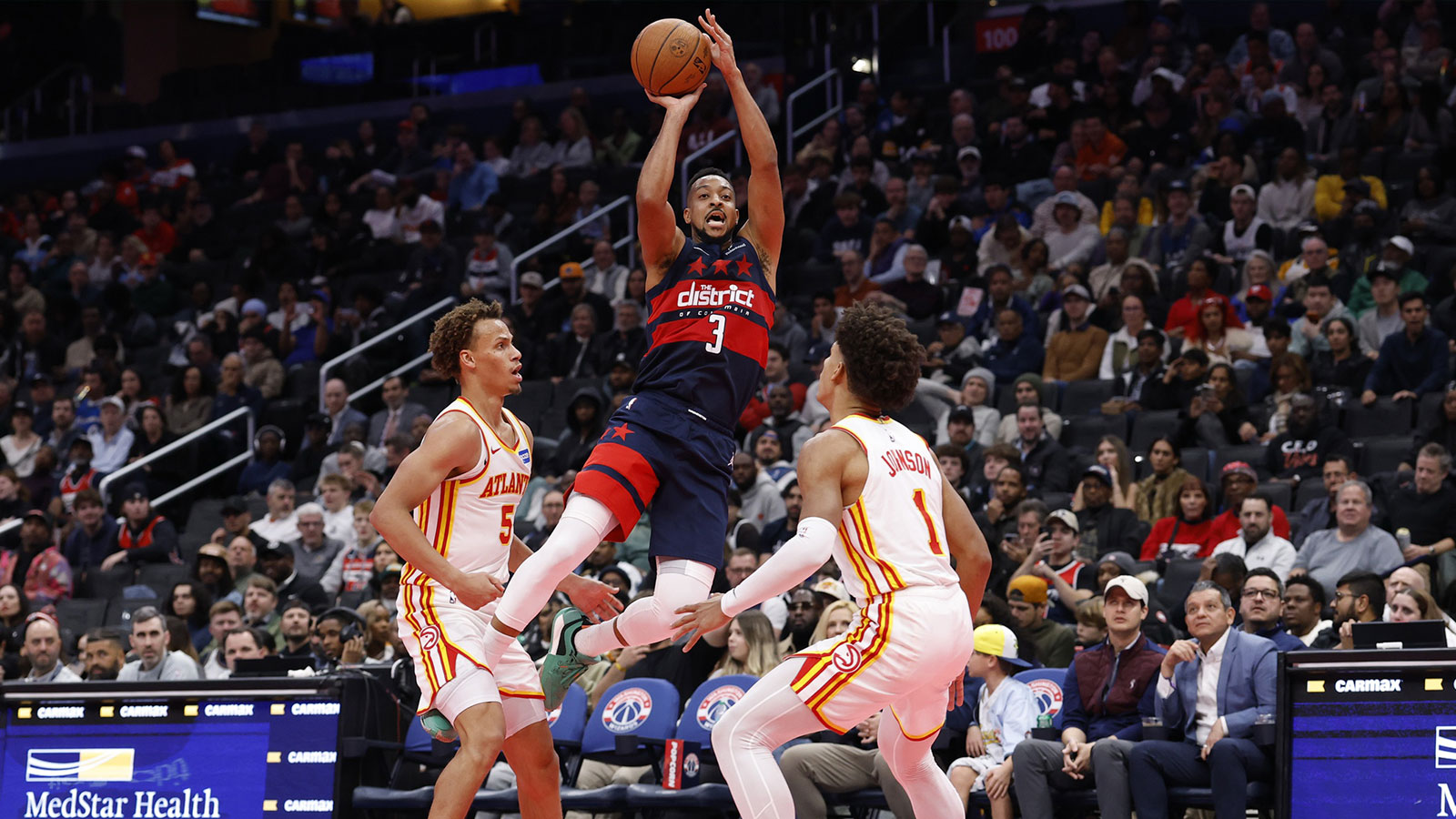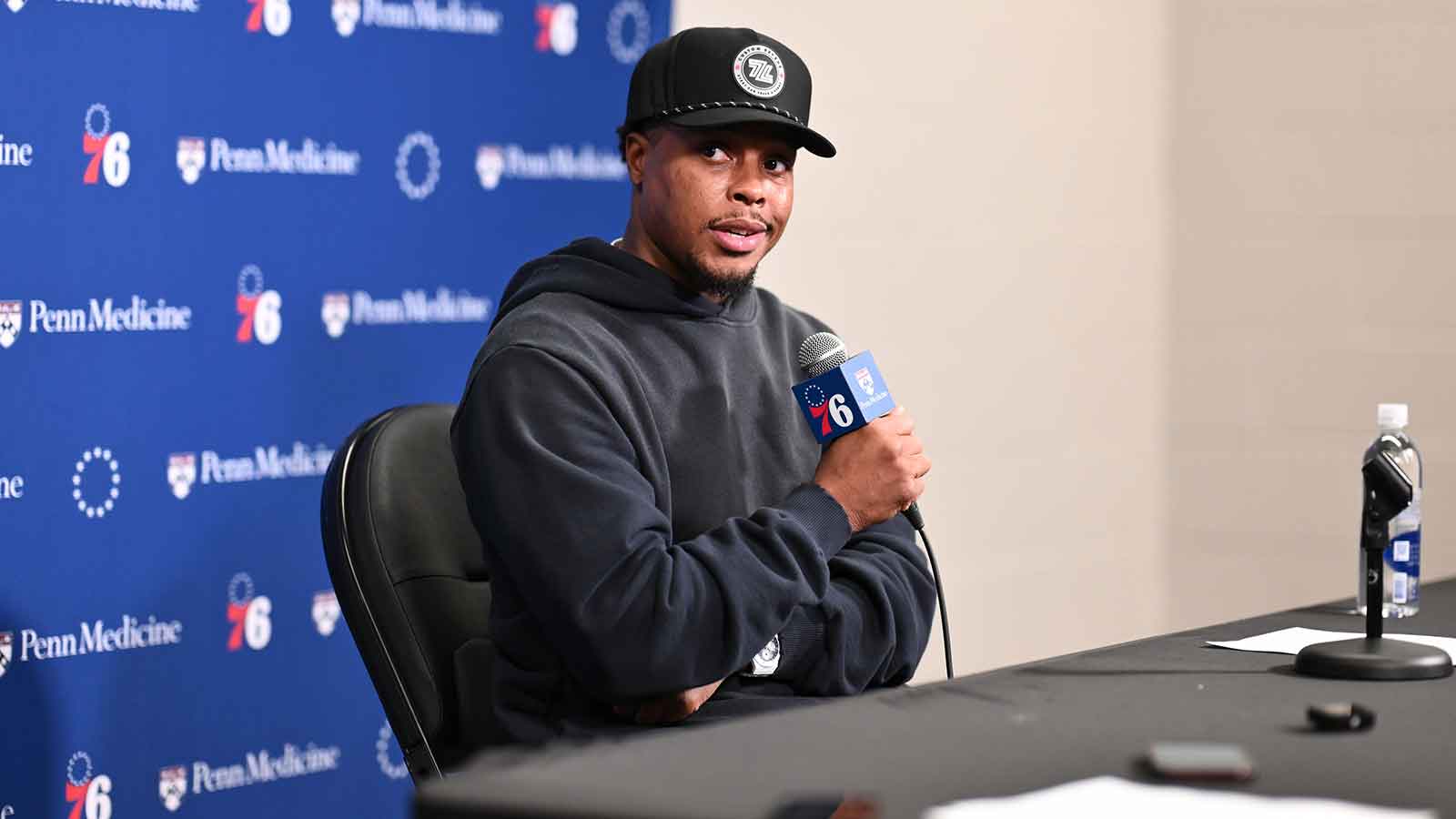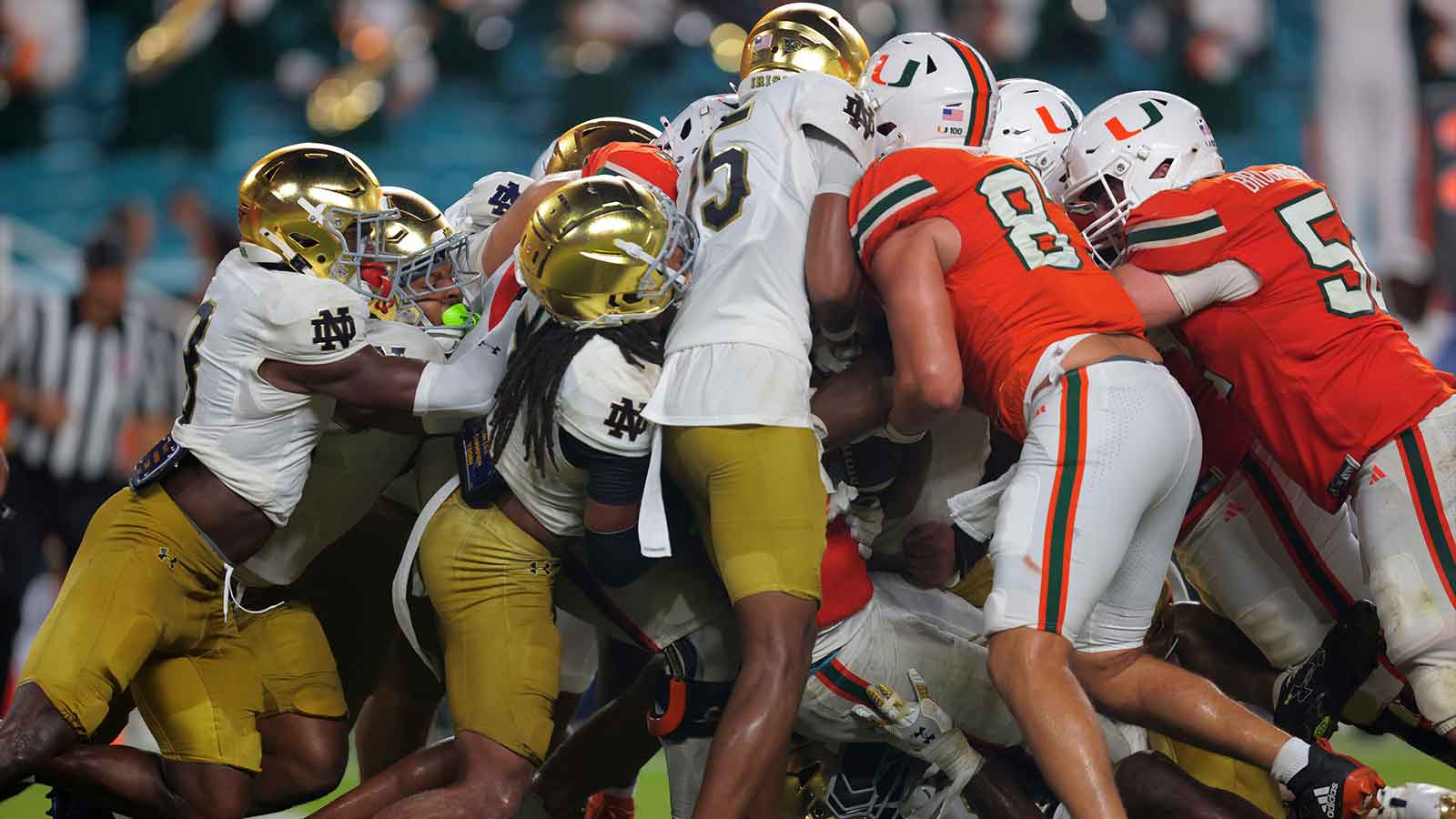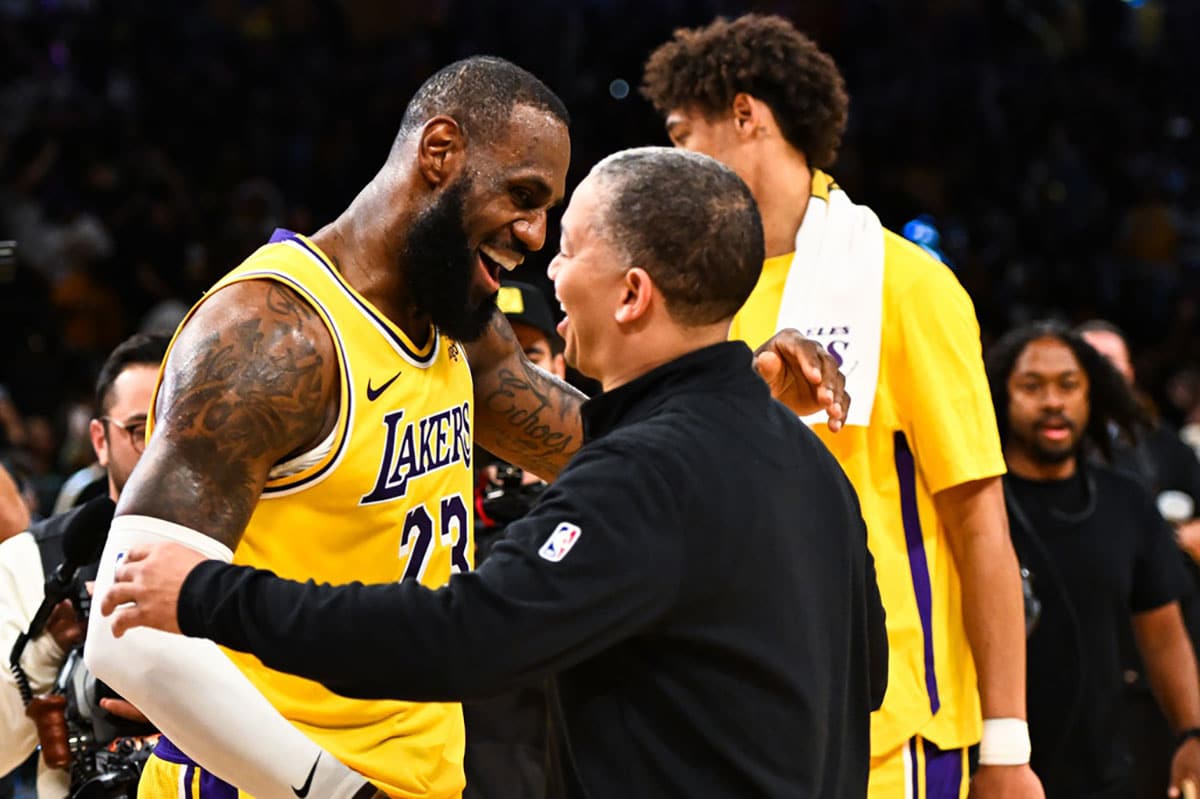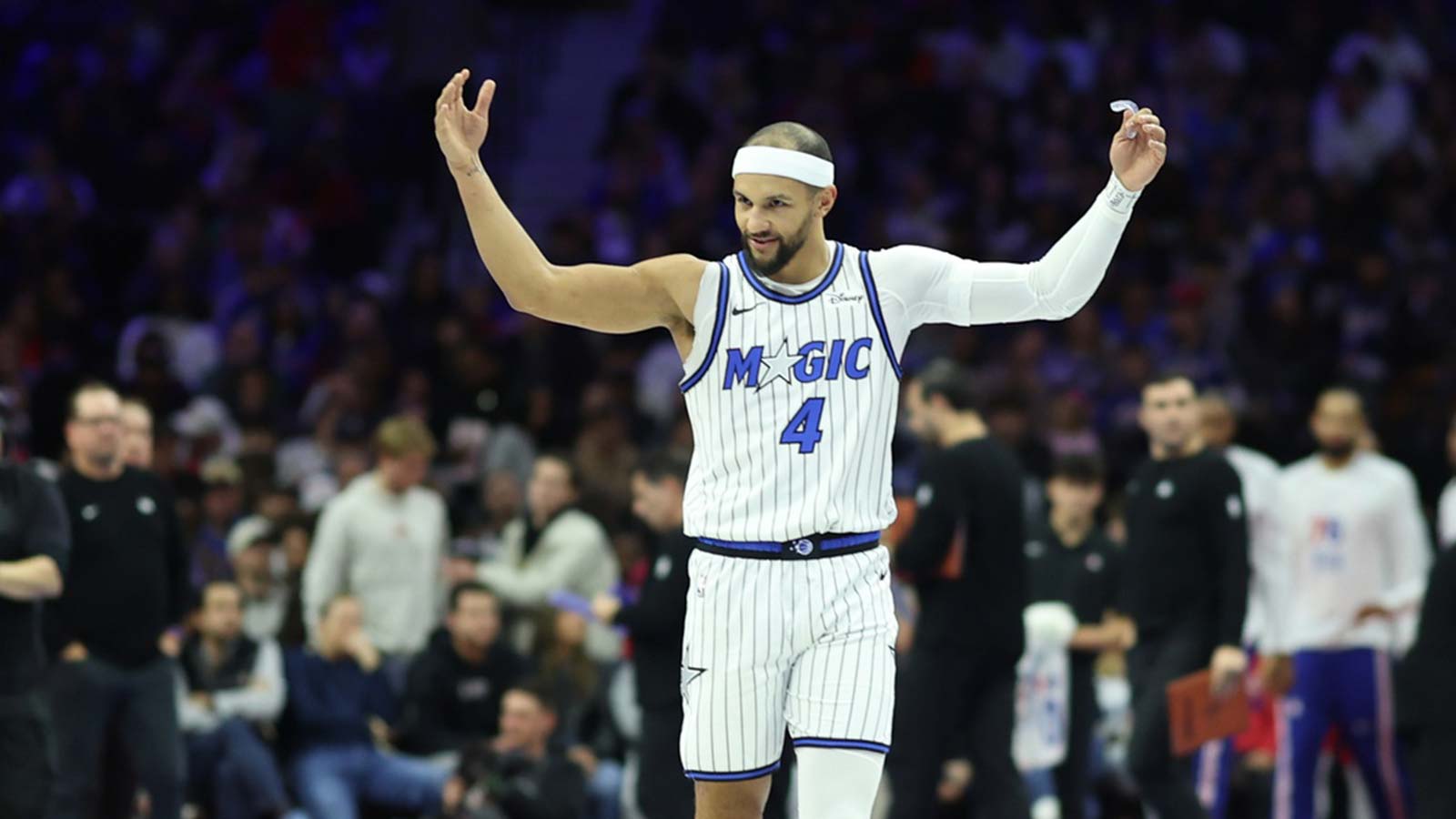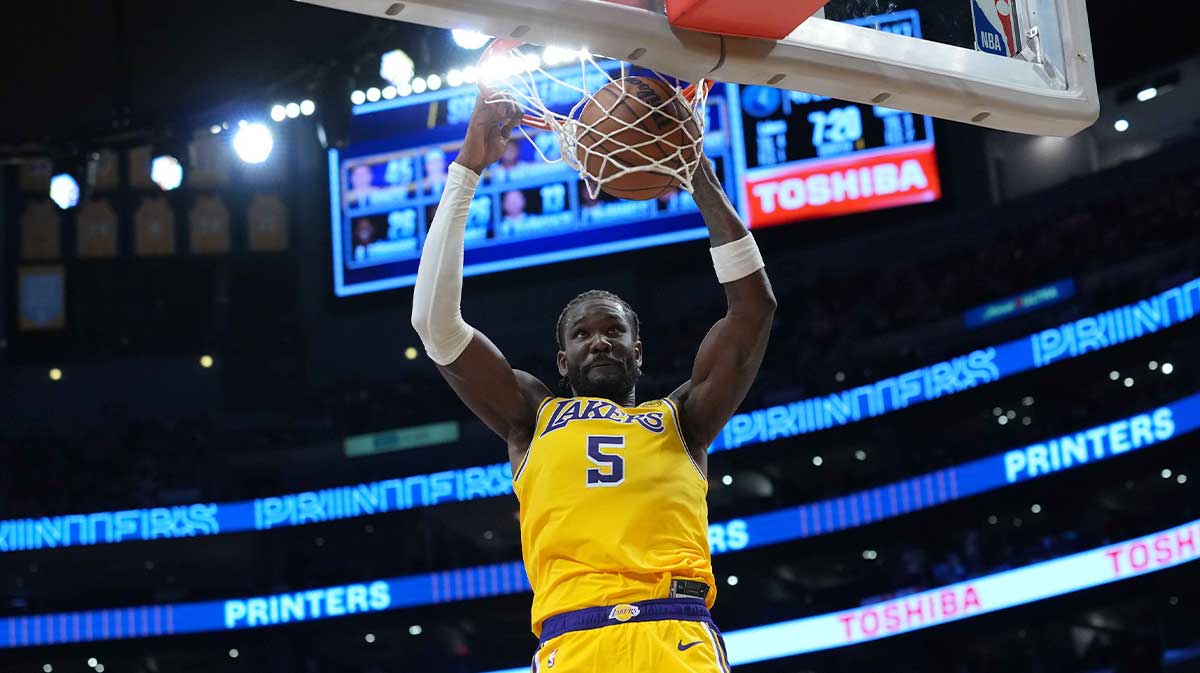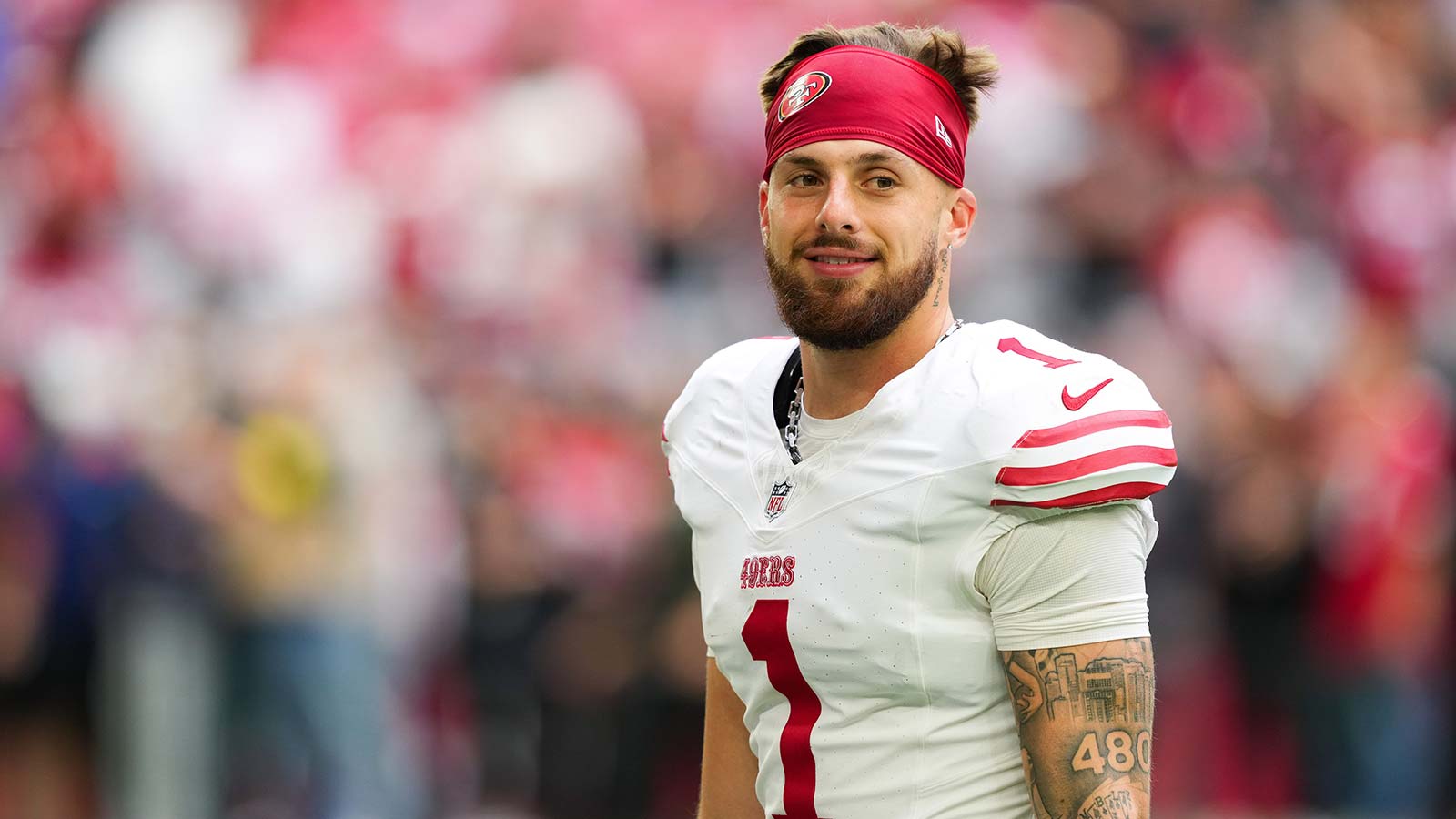After the first two games of the Eastern Conference Finals, spicy #takes were flying all over the NBA blogosphere. Will the Cleveland Cavaliers get swept? Is LeBron James mailing it in? Is Brad Stevens more valuable than a superstar player?
(No. No, he is not. Stevens is great, and the kind of culture he's proven he can establish has a positive ripple effect on an entire roster. That should be appreciated. But get all the way out of here with the notion that he has more impact than a LeBron, or a Durant, or a Giannis, or a [please insert superstar here]. Thank you.)
Two games later, the series has been completely flipped on its head. A 2-0 Boston Celtics lead is now a 2-2 series tie. Cleveland won Game 3 by 30 points. Game 4 was technically closer (111-102), but watching that game, the Celtics were never really close despite the score. Home teams winning home games isn't a shock in a vacuum, but the way Cleveland has looked isn't just encouraging — it's scary.

LeBron was been phenomenal in Cleveland, slapping up 27-5-12-2-2 in Game 3, and 44-5-3-2 in Game 4. He's been the single-biggest reason for Cleveland's offense humming the way it has. After scoring 93 points per 100 possessions in Boston, the Cavs scored 113.5 points per 100 possessions in their two home games.
Boston's offense fell off a cliff in those games. It only generated a 96.6 offensive rating. The Celtics' ineffectiveness on that end was the most drastic — and at times, baffling — shift of the series. Cleveland deserves, like, 80 percent of the credit for this. It's clear that Cleveland used the 47-day break between Game 2 and Game 3 to tighten up its defense.
Effort
There's a common misconception that defense is all about effort. That's too simple. It underrates the multiple split-second decisions that defenders have to make:
- When to help or when to stay home
- Deciding who to help off of, and in what situations that can burn you
- Trapping a pick-and-roll, going over or under the screen, or just switching it
- Sorting through an offense's fluff — what's decoy action, and what are they actually trying to accomplish

Those are just a few things players have to consider. Still, motor is an invaluable skill. Defensive possessions are won and lost by multiple efforts. Pressing an entry passer can shave two, three seconds off the shot clock. Winning the margins add up over the course of the game.
The Cavs finally started committing to the little things in their home games. Most notably, they made Boston's shooters uncomfortable.
Boston's three-point volume dropped (30.5 attempts in Boston, 25 attempts in Cleveland), and the ones they did take weren't open. After contesting 67 percent of Boston's threes in the first two games, the Cavs contested 84 percent of Boston's triples in Cleveland.
Cleveland also saw an uptick in deflections, steals, and blocks. LeBron was back to flying all over the place, but even Kyle Korver started giving guys the blues.
https://streamable.com/i04at
Must say, it was nice to see Cleveland give a bleep on the defensive end. That's a start.
Tristan Thompson's unique value
Al Horford has been one of the best centers in the league this year. His versatility on both ends of the floor allowed the Celtics to thrive despite the injuries around him. He's been especially good in the postseason, doing whatever has been asked of him. Horford deserves all the credit he's gotten during this run, probably even more.
Phew. Got the nice stuff out of the way. Now for the kicker.
He has, once again, been punked by Tristan Thompson.

After Cleveland's Game 3 win, head coach Tyronn Lue was asked about Thompson's ability to guard Horford. Lue summed it up well:
“He's defended him well,” Cavs coach Tyronn Lue said. “I think he's physical. Al Horford is a perennial All-Star, and they run a lot of sets through him. He's usually handling the ball at the top of the key, making the dribble handoffs or pick-and-pop, shooting the 3 and posting him. Tristan is the kind of guy who is agile enough to get back on his shot when he pops to put ball pressure on him at the top of the key. Just try to make him uncomfortable. Al is a good player, so he's going to be able to score, but we just want to make it tough. I think Tristan is the best matchup for him for us to do that.”
And tough it has been.
The days of blowing by Kevin Love and forcing the Cavs to scramble appear to be over. Thompson has neutralized Horford as a driver. The jump hooks that Horford was sprinkling in earlier in the series are now being contested more heavily. Horford just hasn't been able to get much daylight.
https://streamable.com/7d3ra
Jeff Green gets the block in the clip above, but look at the initial defense by Thompson. He presses up on Horford at the elbow. As Horford starts to drive to his left, Thompson tracks him well enough to force Horford to switch sides on the layup. Someone with slower foot speed (ahem, Love) would've given up the lefty layup.
Over the last two games, Thompson has defended Horford on 81 possessions. Horford has scored nine points while shooting 20 percent from the floor on those possessions. The on-off data is even uglier. Boston has a minus-14.4 net rating with Horford on the floor with Thompson, but that number surges to plus-11.4 with Thompson on the bench.
As well as Jaylen Brown (Korver blocks notwithstanding), Jayson Tatum, and Terry Rozier have played well overall in the postseason, Boston's offense goes as Horford does. The fact that Thompson has been able to stifle Horford has completely thrown Boston's attack out of whack.

The Celtics are vomiting on themselves
As much as the Cavs deserve respect for stepping up on defense, the Celtics haven't helped themselves at all. They've shot 3-of-15 on “open” threes over the last two games. They've been abysmal at the rim, only converting 53.4 percent of their shots in the restricted area. And, good lord, the turnovers. So many dumb turnovers.
https://streamable.com/mfpwj
That just can't happen. Neither can this.
https://streamable.com/4trp1
Sometimes the shots don't fall. That happens. Giving the Cavs (read: LeBron James) extra scoring opportunities or the ability to cash in on live-ball turnovers is asking to get beat.


